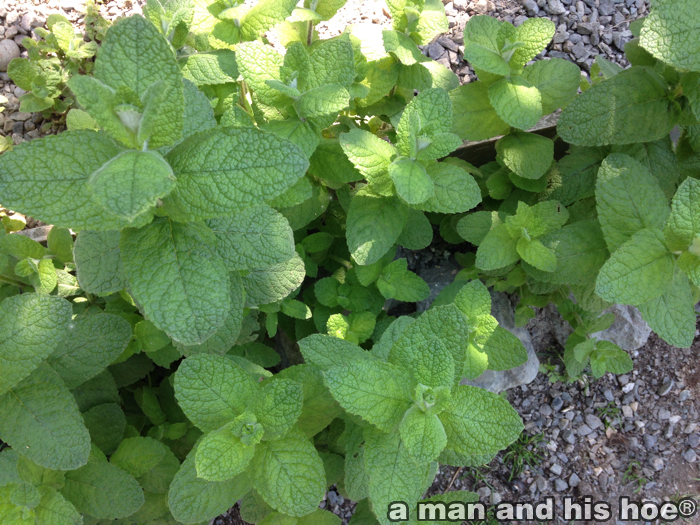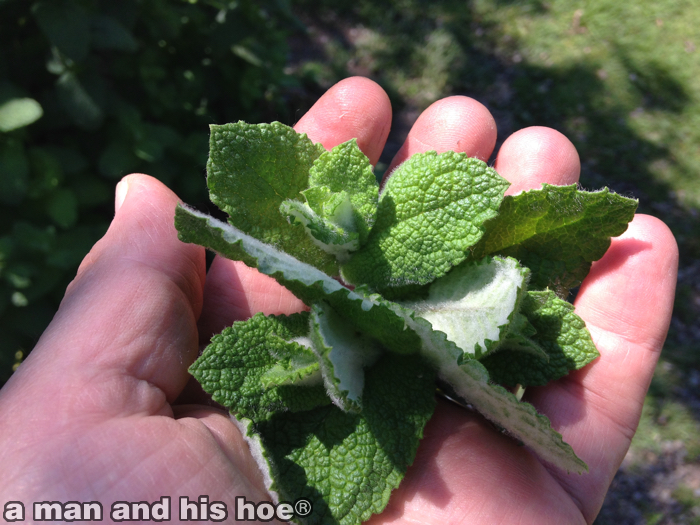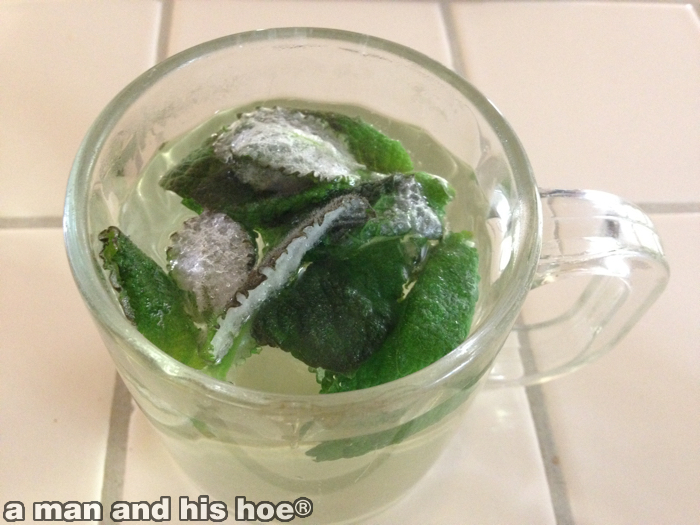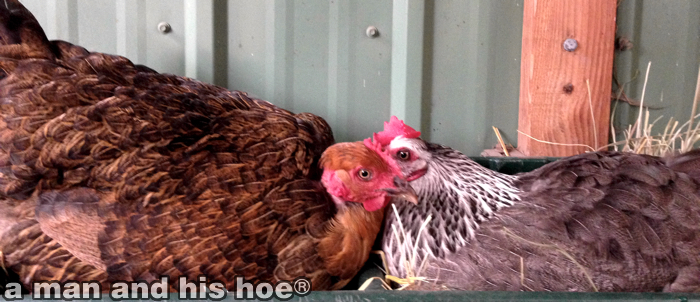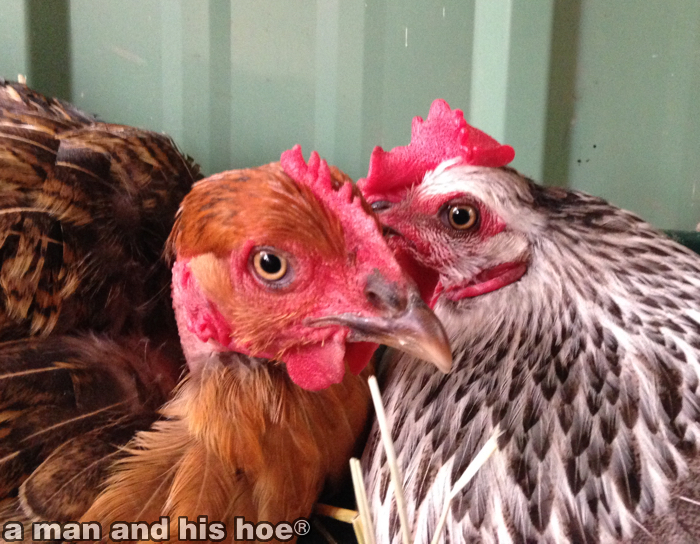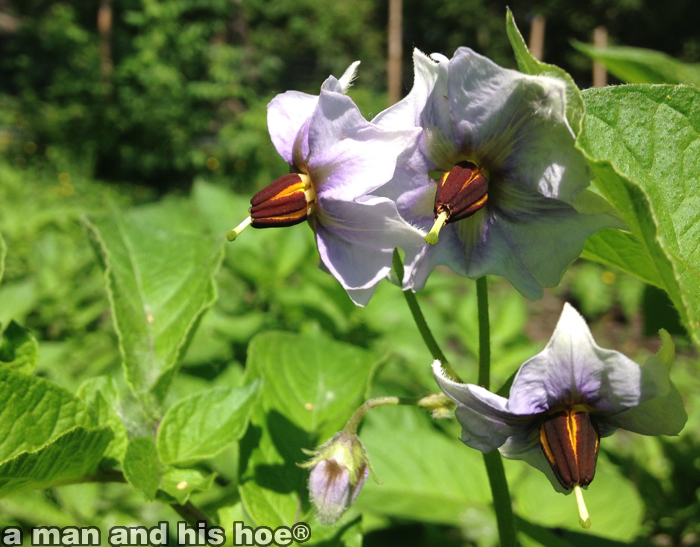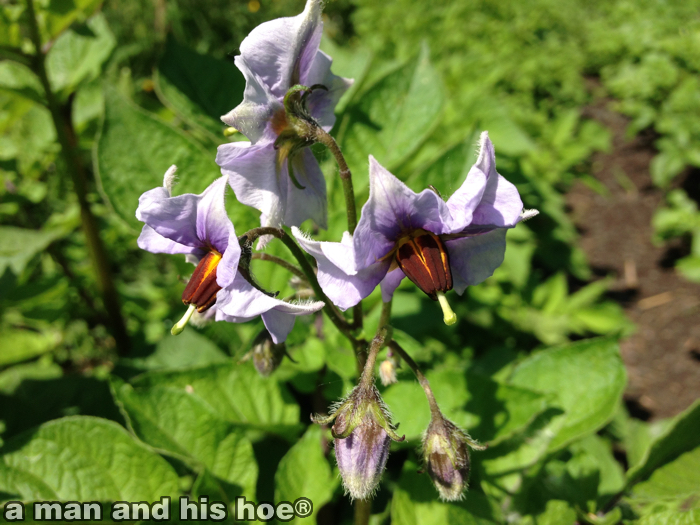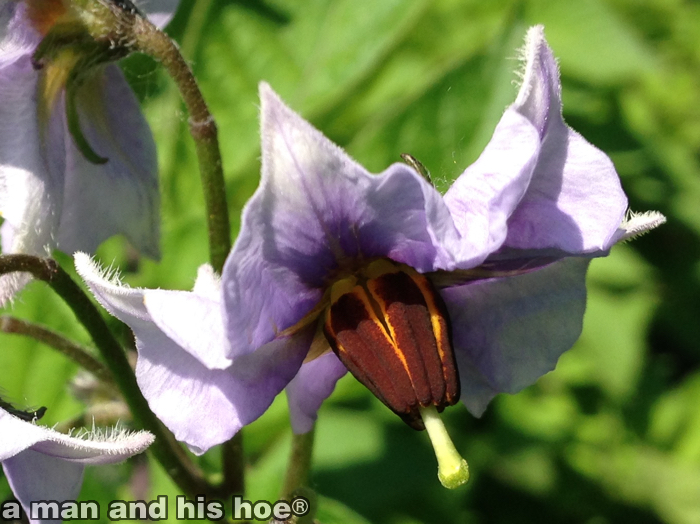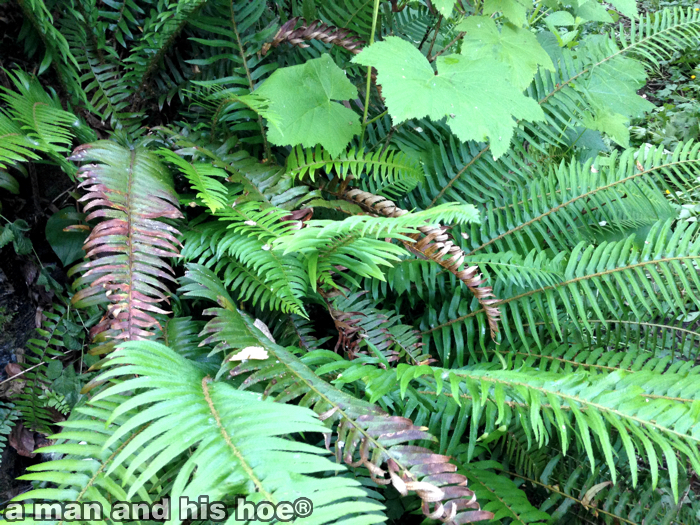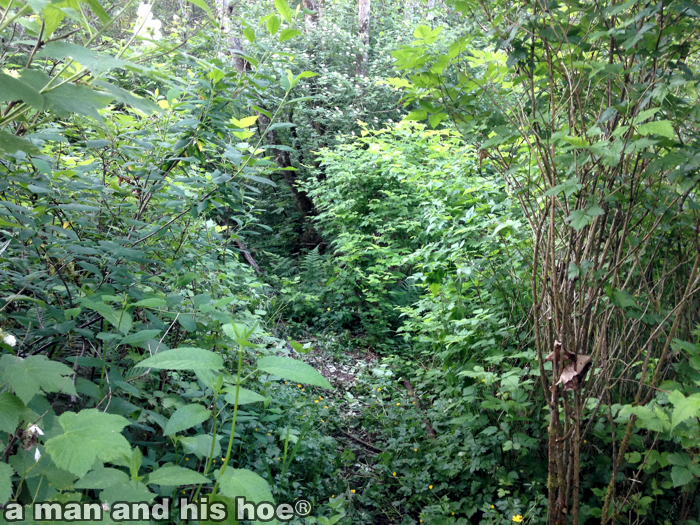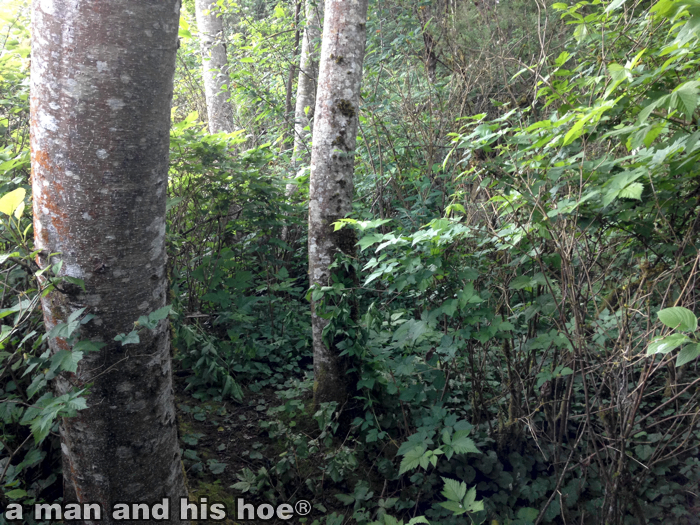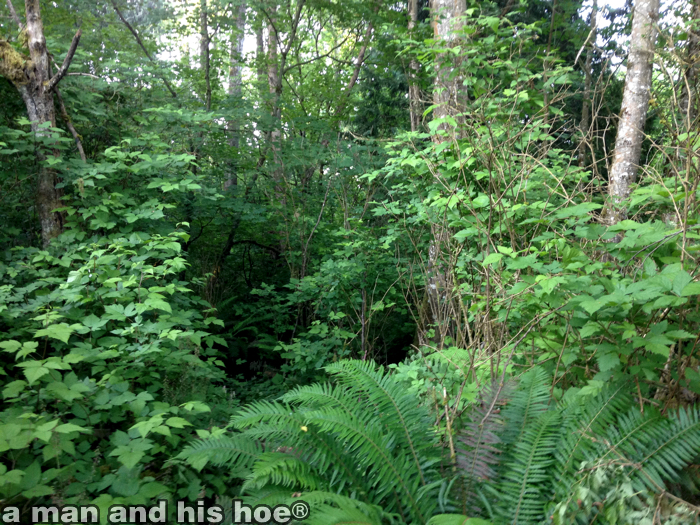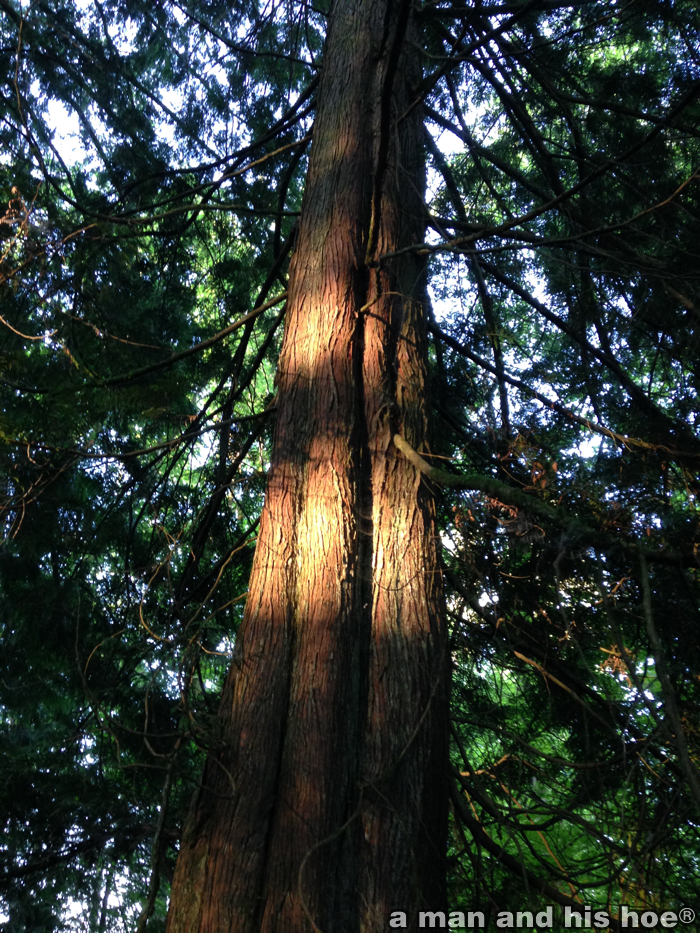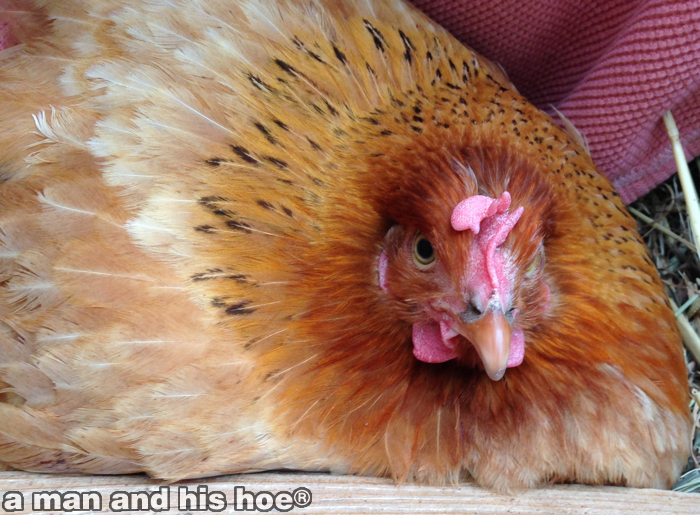
Hens sitting on eggs become radiant. Their eyes become so focused. They are not about to let anything happen to their precious eggs, so they give anyone approaching them an evil eye. There’s an intensity that beams from them. Get too close, and their feathers puff up. Get closer still, and they start to growl and shriek.
For 21 days they barely budge. Yet, they are gently shifting and turning their eggs underneath them all the time. It’s a mystery how they know what to do. How is such complex behavior controlled by DNA and how do hormones or whatever chemicals manipulating their minds get them to sit for such a long period? It’s like they have a thousand page manual with detailed instructions on what to do buried deep in their little brains.
All of nature is like this, far more complicated than we can fathom.
